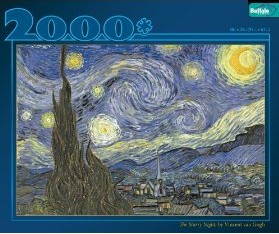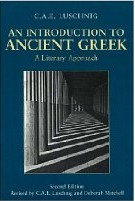Diane Arbus: a Biography
by Patricia Bosworth.
Presents Arbus' life and methods, including comments from students in her workshops,
people that she asked to help her, and people that she photographed.
Walker Evans is quoted saying (p. 227):
| This artist is daring, extremely gifted, and a born huntress.
There may be something naive about her style if there is anything naive about the devil ...
|
Norman Mailer, whom she photographed clutching his crotch, is quoted saying (p. 227):
|
Giving a camera to Diane Arbus is like giving a hand grenade to a baby.
|
While many people are complimentary about Arbus and her work, it is clear that Arbus was:
- Needy and demanding.
- Invasive.
Showed little remorse; insensitive to others' rights.
Often questions that she would ask people and the statements that she made
seem inappropriately personal, apparently to build up quickly the person revelation that she sought
in people around her.
E.g. (p. 290):
|
After returning from London, Diane appeared to talk even more
compulsively about her sexual adventures. Not just to friends but to casual acquaintances,
even strangers she might meet at a party.
|
Her teacher Lisette Model
"believed Diane was schizophrenic" and said (p. 303),
though without giving standard signs and symptoms:
|
Diane could be inordinately demanding. Like all schizophrenics, she could take and take if you
let her. I told Diane she must learn more about cooperation.
|
Arbus' aggressiveness was summarized by photographer Frederick Eberstadt, quoted saying (p. 224):
|
She'd behave like the first paparazzi. She didn't talk much,
but she'd swoop like a vulture at somebody and then blaze away.
|
Possibly Arbus was an
Enneagram Type 3,
the Motivator and Magician:
see for example how
Arbus originally was the one to arrange the poses and accessories of the models photographed with her husband.
The life-program for an
Enneagram Type 3
is achievement, which matches her ambition.
The shadow for an
Enneagram Type 3
is a rage for recognition and image (after psychologist Margaret Frings Keyes in
Vollmar (p.18)).
The ruling passion is Vanity; the chief feature Deception.
The psychopathy of an
Enneagram Type 3
tends to monomaniacal behavior in blind pursuit of success.
Under stress an
Enneagram Type 3
might become deceitful and fraudulent, then bitterly passive (from
Vollmar's discussion of the enneagram shadows).
An Enneagram Type 3 can release
her enneagram shadows:
"I now release my fear of feeling and being humiliated."
An Enneagram Type 3 can affirm
the best of herself, free of her shadow:
"I now affirm that I have value regardless of my achievements."
These practices could have helped Arbus survive instead of suiciding.
Possibly Arbus'
Enneagram Type 3
(the Motivator and Magician) had a wing as an
Enneagram Type 4,
the Artist, whose
Life-program is Extraordinariness;
whose Shadow is moods;
whose Ruling passion of Envy;
whose tendency is to fixate cognitively in Melancholy;
and whose chief feature is Dissatisfaction.
 Links.
Links.
 Booker Prizes
Booker Prizes
 Chocolate.
Chocolate.
 Books read
Books read
 Best books read in 2009.
Best books read in 2009.
 Best writers of poetry and prose
Best writers of poetry and prose
 Harry Potter;
also
Harry Potter en Español.
Harry Potter;
also
Harry Potter en Español.
 New books on Christianity and Spirituality
New books on Christianity and Spirituality


 Why read a book?
Why read a book?
 The Mental Health of George W. Bush
The Mental Health of George W. Bush



